Experts fear hurricane complacency in Savannah ahead of expected active season
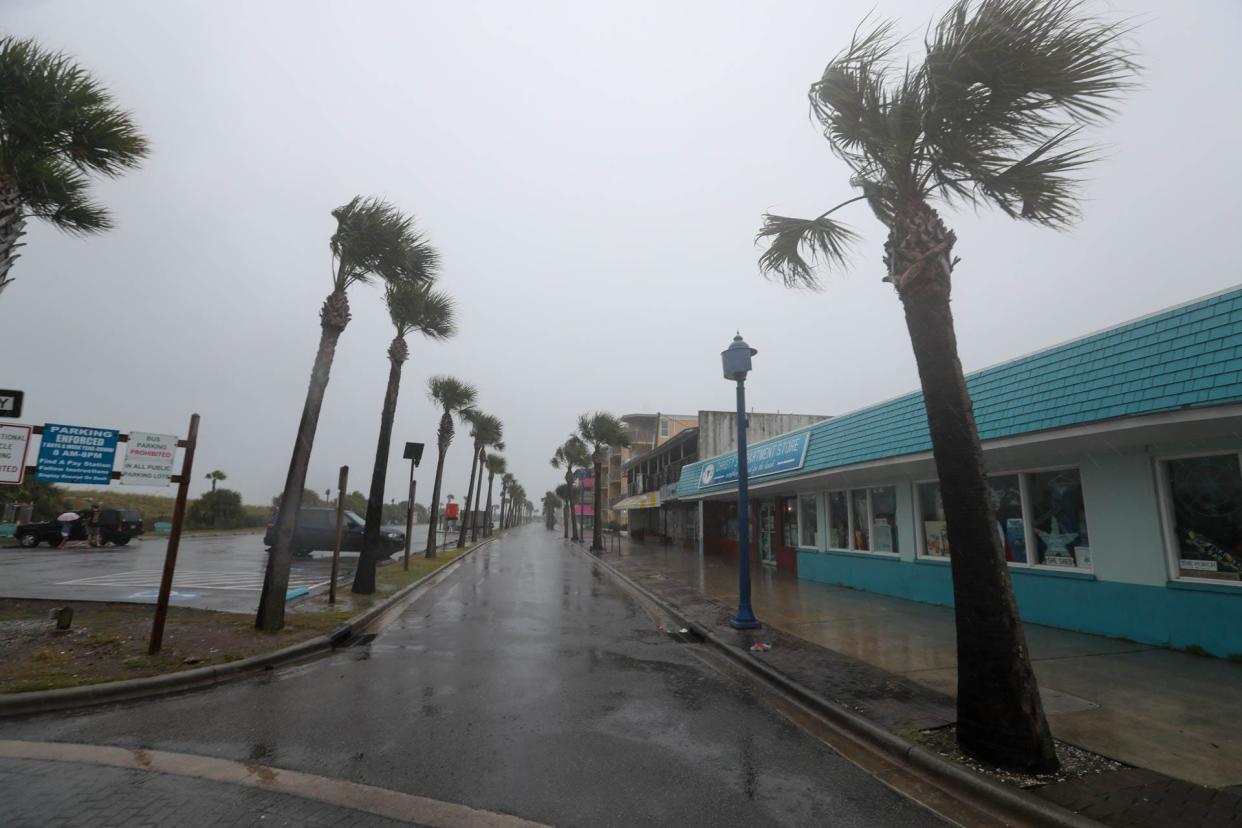
Like anyone who doesn’t make a living by preparing for the worst, Chelsea Sawyer has checked out early prognostications for the upcoming hurricane season.
But as an official tasked with protecting Chatham County residents from the fickle forces of nature, she considers this year’s forecasts to be particularly sobering.
“In one of the reports I was reading just this morning, they called it an ‘explosive’ hurricane season,” Sawyer, Chatham County’s emergency preparedness manager, said this week. “No words like that are particularly exciting to an emergency manager.”
The Tropical Weather and Climate Research Center at Colorado State University is predicting an “extremely active” Atlantic hurricane season with 23 named storms. That would easily exceed the historical average of 14.4 tropical cyclones with winds of at least 39 mph.
CSU also predicts 11 of those storms will become hurricanes, with sustained winds reaching 74 mph; and five strengthening to “major” status as wind speeds top 110 mph.
An average of about seven storms reached hurricane level annually from 1991 to 2020, with three typically reaching major strength, according to CSU.
AccuWeather predicts a similarly busy season, which runs from June 1 through Nov. 30. The private meteorology service projects 20 to 25 named storms, with eight to 12 becoming hurricanes.
The projections point to a potential weather double-whammy, said Zachary Handlos, a professor at Georgia Tech’s School of Earth and Atmospheric Sciences.
“The forecasts are expecting a higher frequency of storms this year, potentially aligned with record-breaking years like 2020 and 2005,” he noted. “But then on top of that there's a high chance of a few major hurricanes that could be thrown in the mix of all the named storms.”
Thirty named storms formed in 2020. Fifteen Atlantic cyclones became hurricanes in 2005 including Katrina, which caused nearly $200 billion in damage and led to more than 1,800 deaths.
Both seasons were influenced by La Niña patterns, which involve the cooling of tropical Pacific waters but lead to a reduction in vertical wind shear that acts as a brake against Atlantic hurricanes.
This year, warming Atlantic waters and the expected arrival of a La Niña pattern are driving expectations for a hyperactive hurricane season.
Feeling the heat: 'Ma Nature' expected to nurture warm spring in Savannah under climate change's influence
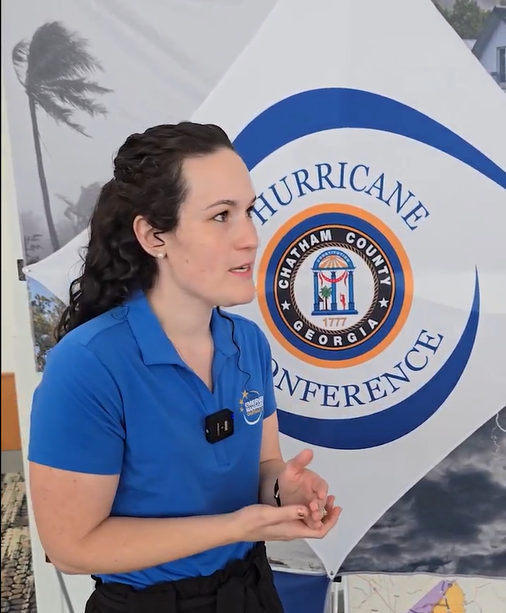
‘Potential recipe for disaster’
Oceans absorb most of the heat trapped in the atmosphere by pollution released when fossil fuels are burned for energy.
That trend led to record-high Atlantic temperatures in 2023. This year, global ocean surface temperatures have set new daily records since late March.
“The waters are already warmer than usual in the Atlantic, and warm water is a key ingredient for kind of starting off and forming hurricanes,” Handlos said. “If you mix that trend on top of the possible La Niña setup, it's just a potential recipe for disaster.”
That’s because warmer oceans pump more energy into storms, causing them to intensify. In some cases, the speed of those power surges is alarming experts.
In August of last year, Hurricane Idalia’s sustained winds strengthened by 55 mph in a 24-hour period as it moved through the Gulf of Mexico before making landfall in Florida (and eventually causing damage when as its remnants passed over coastal Georgia.)
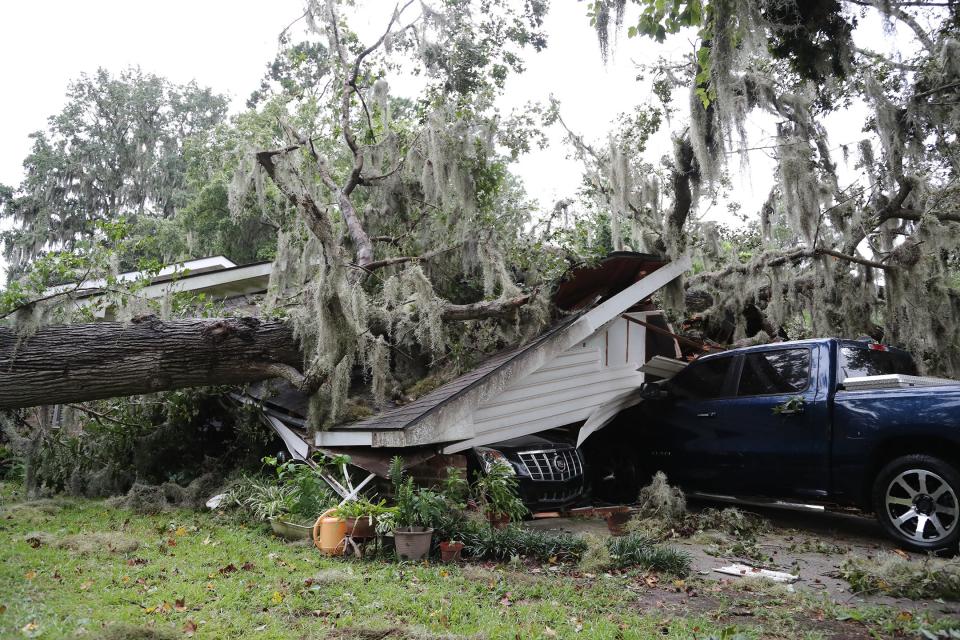
Idalia wasn’t alone in its extreme acceleration.
Nearly one-third of the more than three-dozen named storms in the Atlantic and Pacific basins combined last year experienced “rapid intensification” when their wind speeds increased by at least 35 mph in 24 hours.
The trend dilutes what had been a distinct advantage in hurricane preparedness: forecasters’ ability to accurately predict how strong storms likely will be when they make landfall.
That’s particularly worrisome to Sawyer, the county’s emergency preparedness manager.
“These storms are rapidly intensifying,” she said. “These storms are doing things we did not expect for them to do even last hurricane season.”
All of which puts pressure on emergency managers to alert residents earlier in a storm’s progression, when the potential path is less certain.
But will the public listen?
“If we're constantly sending out these messages, ‘hey, we're watching this, ‘hey, we're watching this,’ then people are going start to feel used to it,” Sawyer suggested. “They're going to say, ‘well, it's never actually going to happen.’ That’s not good.”
Spore spot: Steamy, historic Savannah drives Georgia's inclusion among America's moldiest states
Don’t bet against hurricanes
Some coastal Georgia residents already feel that way.
The Savannah area has not experienced a direct hit from a hurricane since 1979, when David blew through packing 90-mph winds that toppled trees and took down power lines. About 75,000 customers of what was then known as Savannah Electric were in the dark.
That 45-year streak has inspired the monicker “Dodge City” for Savannah.
Sawyer, Handlos and Georgia’s state climatologist, Bill Murphey, have a similar message for anyone with a cavalier attitude about Savannah’s hurricane history: Don’t press your luck.
“The climate that we have now is not the climate that we had 10 years ago (and) it’s not the climate we had100 years ago,” Sawyer explained. “The past is not necessarily representative of what we’re going to see in the future.”
Climate trends aside, some observers attribute Savannah’s good fortune to its location or even the curve of the Georgia coast.
Both theories are off target, said Georgia Tech’s Handlos.
"With hurricanes, there really is no such thing as a geographical advantage,” he explained. “What's really tricky for convincing the public sometimes to take this stuff seriously is that if a region hasn't been hit for several decades, or even almost a century, it's easy to become complacent to the effects of tropical cyclones and hurricanes.”
Of course, for each individual Atlantic storm, the odds of hitting a particular community don’t really change year to year. However, growth in the number of tropical cyclones proportionately increases the probability of a direct strike.
“It only takes one landfalling hurricane to have significant coastal and inland impacts,” noted Murphey. “Storm surge and large battering waves from hurricane- or tropical-storm force winds can cause massive destruction along the coast and significant loss of life.”
With storms expected to grow in intensity, even a glancing blow could wreak havoc, he added. Even though Idalia had dissapated as it passed coastal Georgia last year after traveling across Florida, it still downed trees, caused power outages and led to flooding in the Savannah area.
“Being in a low-lying area and near the coast, (Savannah-area) residents definitely need to take this season seriously with several of the key ingredients across the Atlantic Basin lining up for quite an active tropical cyclone season,” Murphey cautioned.
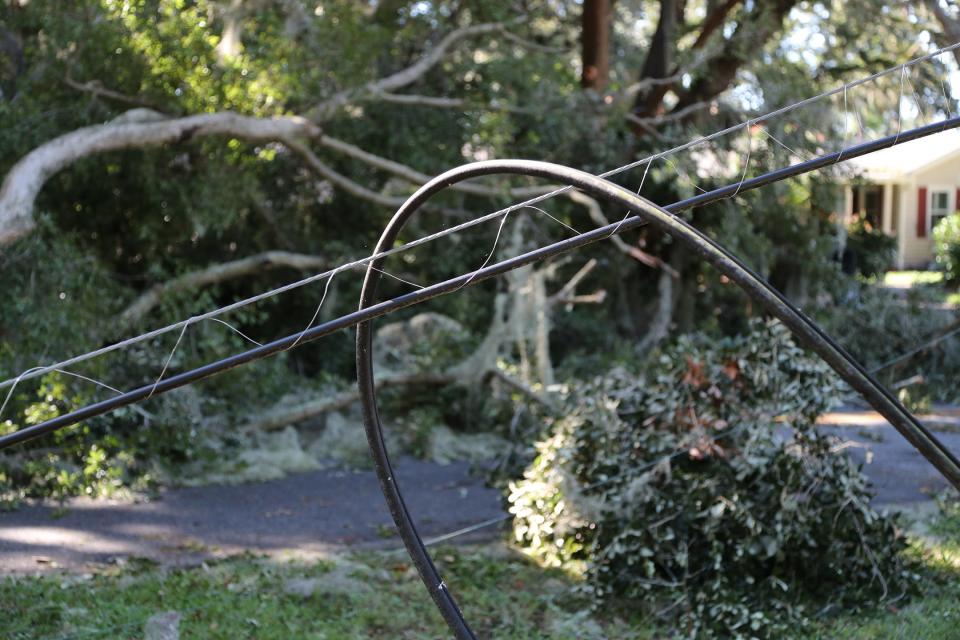
‘A blessing and a curse’
Sawyer pointed to another challenge unique to communities like Savannah, where hurricane season overlaps with the height of vacation season.
"You've got a huge tourism industry and they’re heavily reliant on making sure that we're an open community that people can come into and keep coming to,” she said.
Messaging about the potential threat of hurricanes, or even news about severe storms hitting other coastal areas, could prompt visitors to rethink their plans.
And if potentially dangerous weather approaches, Sawyer and her colleagues must communicate with visitors who may be unfamiliar with the area and its sources of emergency information.
However, many full-time residents may be just as uninformed.
“A lot of people who have moved here from elsewhere may have never dealt with a hurricane,” Sawyer noted. “You’ve got this massive influx of new residents that are living in really vulnerable areas like The Landings and places in downtown Savannah and towards the islands.”
The National Hurricane Center, which is the hub for real-time tropical cyclone information, is just as concerned about reaching the public.
The center announced last month that it planned to ramp up its communications process as severe Atlantic systems approach. That includes adding all local warnings and watches to its updates on the expected paths of storms.
“They're trying to change their public safety messaging because they're recognizing the same challenges that we are and that people are becoming complacent,” Sawyer said.
The growing unpredictability of storms could add to those challenges, particularly when a community repeatedly braces for storms that eventually change course and miss them.
“That’s both a huge message and a curse,” Sawyer concluded. “And unfortunately, that’s where Savannah finds itself.”
For complete information about hurricane preparedness in Chatham County, visit: chathamemergency.org/PrepareNow/HurricanePreparedness
John Deem covers climate change and the environment in coastal Georgia. He can be reached at jdeem@gannett.com
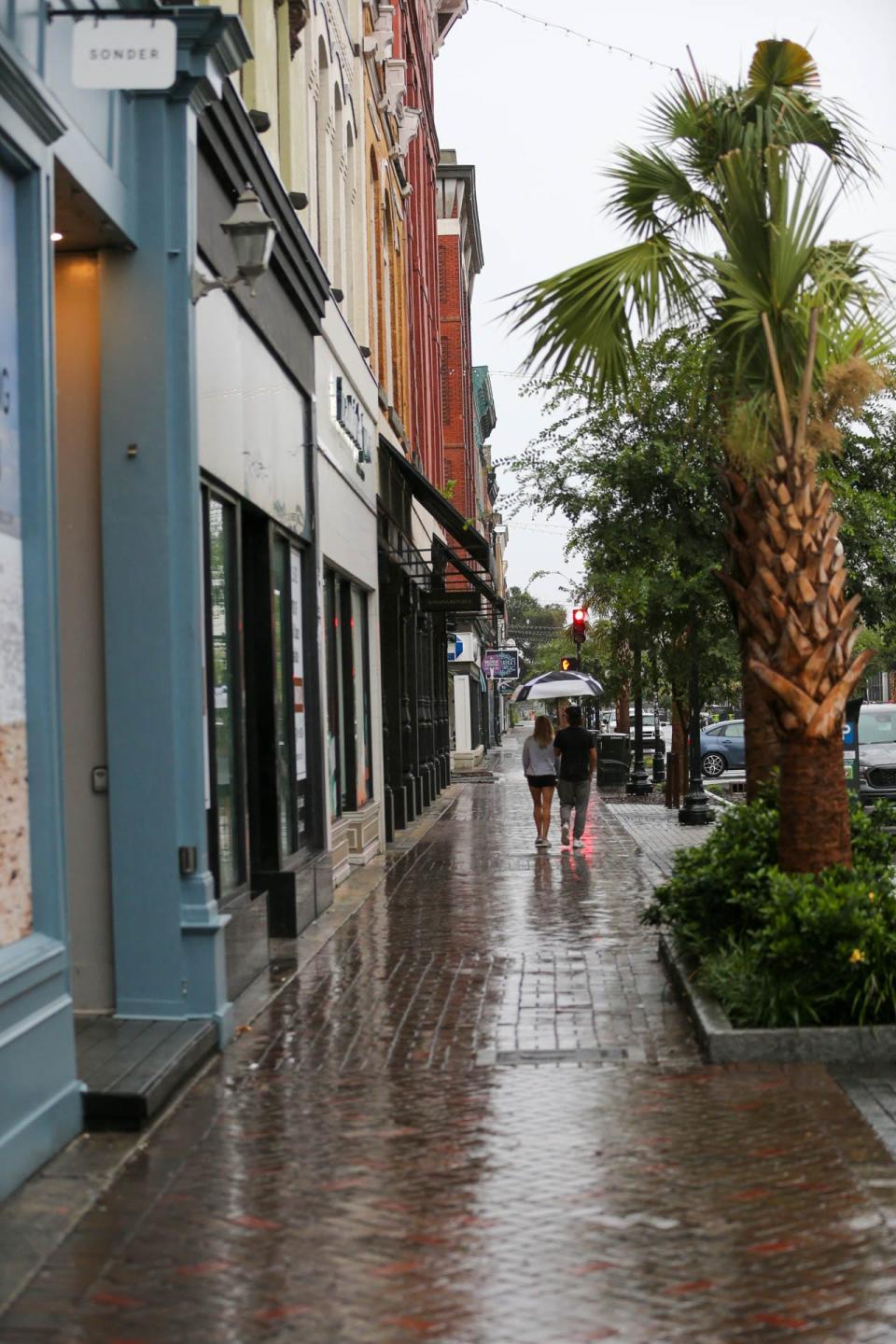
This article originally appeared on Savannah Morning News: 'Explosive' hurricane season raises concern over Savannah's readiness

